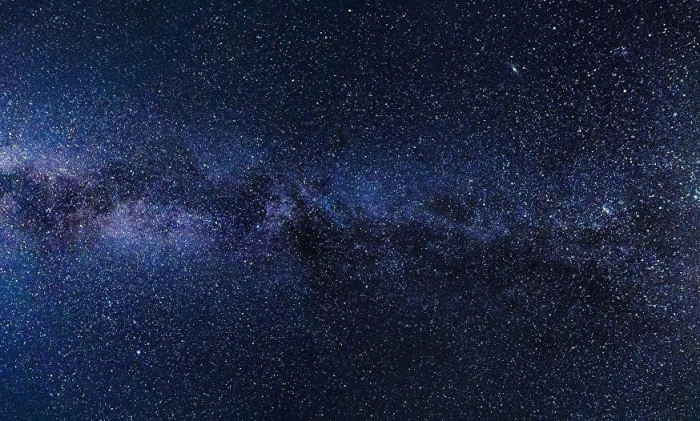The result of the collision is an "intermediate-mass" black hole, with a mass between 100 and 1,000 times that of the sun. It's the first one that has ever been found, scientists said.
This new black hole's "medium" size — not too big, not too small — makes it an anomaly.
Scientists believe two black holes, with masses about 85 and 66 times the mass of the sun, collided to produce a signal, in the most massive merger ever detected. The signal, called GW190521, appears to represent the exact moment the two black holes crashed into each other.
Researchers say the event created an even more massive black hole, about 142 times the mass of the sun. It also released a huge "bang" of leftover energy, equivalent to about eight solar masses, in the form of gravitational waves able to be detected on Earth.
An international team of scientists detected GW190521 on May 21, 2019, using the National Science Foundation's Laser Interferometer Gravitational-wave Observatory (LIGO) interferometers in the U.S. and the Virgo detector in Italy. They published their findings in two papers Tuesday, Physical Review Letters and The Astrophysical Letters Journal.
GW190521 is an extremely quick signal, lasting less than one-tenth of a second. It appears to be generated by a source dating back to when the universe was about half its age - some 7 billion years ago - making it one of the most distant gravitational wave sources ever detected.
Scientists hypothesize the two original black holes formed from an even smaller black hole merger. In that case, four black holes danced around each other until they became two, and eventually one, CBC News reported.
Scientists believe the gravitational waves were born from a binary merger. But they also entertain alternative possibilities — maybe the waves were emitted by a collapsing star or a cosmic string just after the universe was created.
More about:
















































